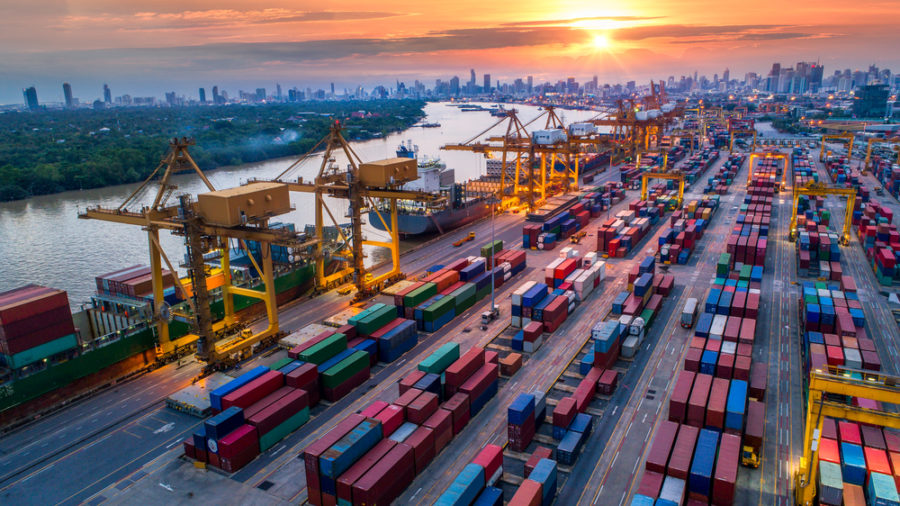May 17, 2021
Why Sky-High Container Rates Could Go Even Higher

Spot ocean container rates are up triple digits year on year, therefore, they must be near their peak. They’re so high they don’t have much more room to run. So goes a common belief in the container market, despite the fact that this premise has already been proven wrong, and that container rates could theoretically have a lot more room to run if the upper limit is defined the same way it is in non-containerized shipping.
Retail inventories-to-sales ratios are still at historic lows, stimulus checks are still supporting spending, and the traditional peak season is right around the corner. Meanwhile, U.S. households accumulated an enormous amount of excess savings during the pandemic (equivalent to 12% of GDP, according to Moody’s) that may now be unleashed.
The current rate spike is unprecedented in the history of container shipping. The sector is in completely unchartered territory (one reason why rate predictions over the past nine months have been repeatedly wrong). However, there is an extensive history of precedents in non-containerized shipping — in crude tanker, gas carrier and dry bulk markets — that shed light on how high the maximum spot rate can go.
The freight rate of a spot cargo in bulk commodity shipping is elastic all the way up to the point where it erases the profit margin of the shipper. Rates for very large crude carriers (VLCCs, tankers that carry 2 million barrels of oil) topped $200,000 per day in October 2019 and March-April 2020. A liquefied natural gas carrier was booked at $350,000 per day in January.
Stifel analyst Ben Nolan explained the max-rate calculation for Capesizes (dry bulk ships with a capacity of around 180,000 deadweight tons) in a research note titled “How High Can You Go?” published last week.
“Turns out, at current commodity prices … the dry bulk market is nowhere close to its theoretical ceiling,” he wrote. “If demand exceeds supply, the primary upward constraint of ship freight cost is the point at which it absorbs the profit of the producer or shipper.”
He noted that the landed price of thermal coal in China last week was about $125 per ton and the producer breakeven was $60 per ton, meaning the transport costs could be as much as $65 per ton. Capesize rates were then around $13 per ton (the equivalent of $40,000 per day), meaning “freight rates would need to rise seven times or to around $300,000 per day before the economics are completely destroyed by freight costs.”